Claude Monet: The Father of Impressionism and Master of Light

Claude Monet is a name that resounds through the halls of art history, synonymous with the shimmering play of light and color that characterizes Impressionism. His works are among the most celebrated and influential in the world of art, capturing the very essence of the movement he helped forge. Monet’s artistic vision is one where the fleeting qualities of time and nature are immortalized on canvas, making him an icon of 19th-century art and beyond.

Early Years and Artistic Beginnings
Born on November 14, 1840, in Paris, Oscar-Claude Monet was raised in Le Havre in Normandy. In his youth, he was known for his charcoal caricatures, but his artistic trajectory radically shifted after meeting Eugène Boudin, a local landscape artist who introduced him to painting outdoors, or en plein air. This practice would define Monet's career and become a cornerstone of Impressionist technique.

Development of the Impressionist Style
Monet’s progression as an artist was marked by his commitment to capturing the natural world as he experienced it, using quick brushstrokes and a palette that reacted to the changing conditions of light and weather. This approach was revolutionary, deviating from the strict academic standards that emphasized historical and mythological subjects. Instead, Monet chose to depict modern life and landscapes, as seen in works such as "Impression, Sunrise" (1872), from which the term "Impressionism" was derisively derived by critics.

Monet’s Series Paintings and the Exploration of Light
Monet's contributions to art are particularly noted in his series paintings, where he focused on a single subject under varying conditions of light and atmosphere. His subjects ranged from haystacks to the façade of Rouen Cathedral, the water lilies of his own pond in Giverny, and the evocative London fog accenting the Houses of Parliament. These series allowed Monet to deeply explore the subtleties of perception and the ephemeral quality of the visible world, pushing the boundaries of painting as a medium.
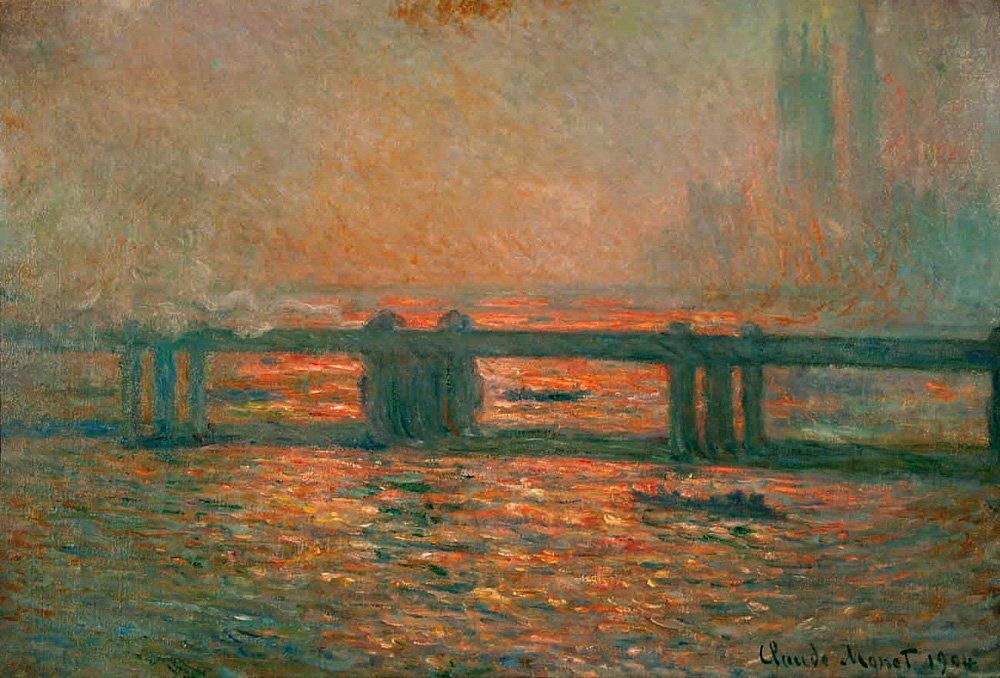
Giverny and the Water Lilies
In 1883, Monet moved to Giverny, a small village northwest of Paris. It was here, in his lush gardens and lily ponds, that Monet created some of his most celebrated works. His "Water Lilies" series transcends mere representation, embodying an almost abstract interplay of color, reflection, and light, which would go on to have a substantial influence on the course of modern art.
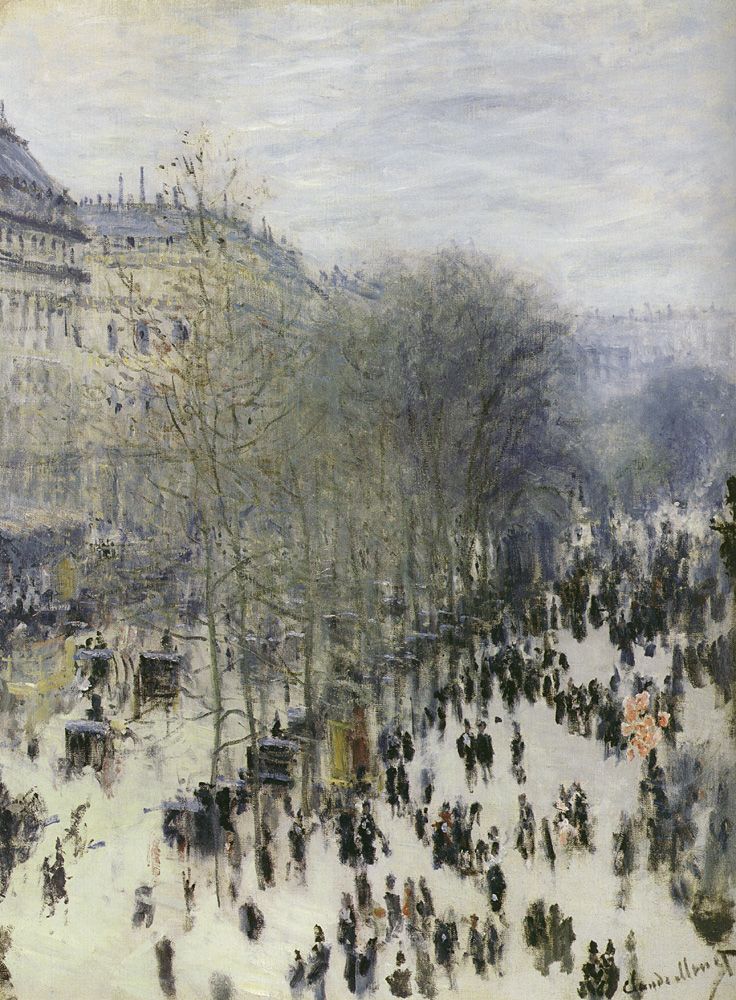
Legacy and Late Recognition
While Monet enjoyed some measure of success during his lifetime, his work did not always receive the acclaim it does today. It wasn't until the late 19th and early 20th centuries that his genius was fully recognized. Yet, his unwavering dedication to his vision and style had a lasting effect on the art that followed, influencing movements like Fauvism and Abstract Expressionism.
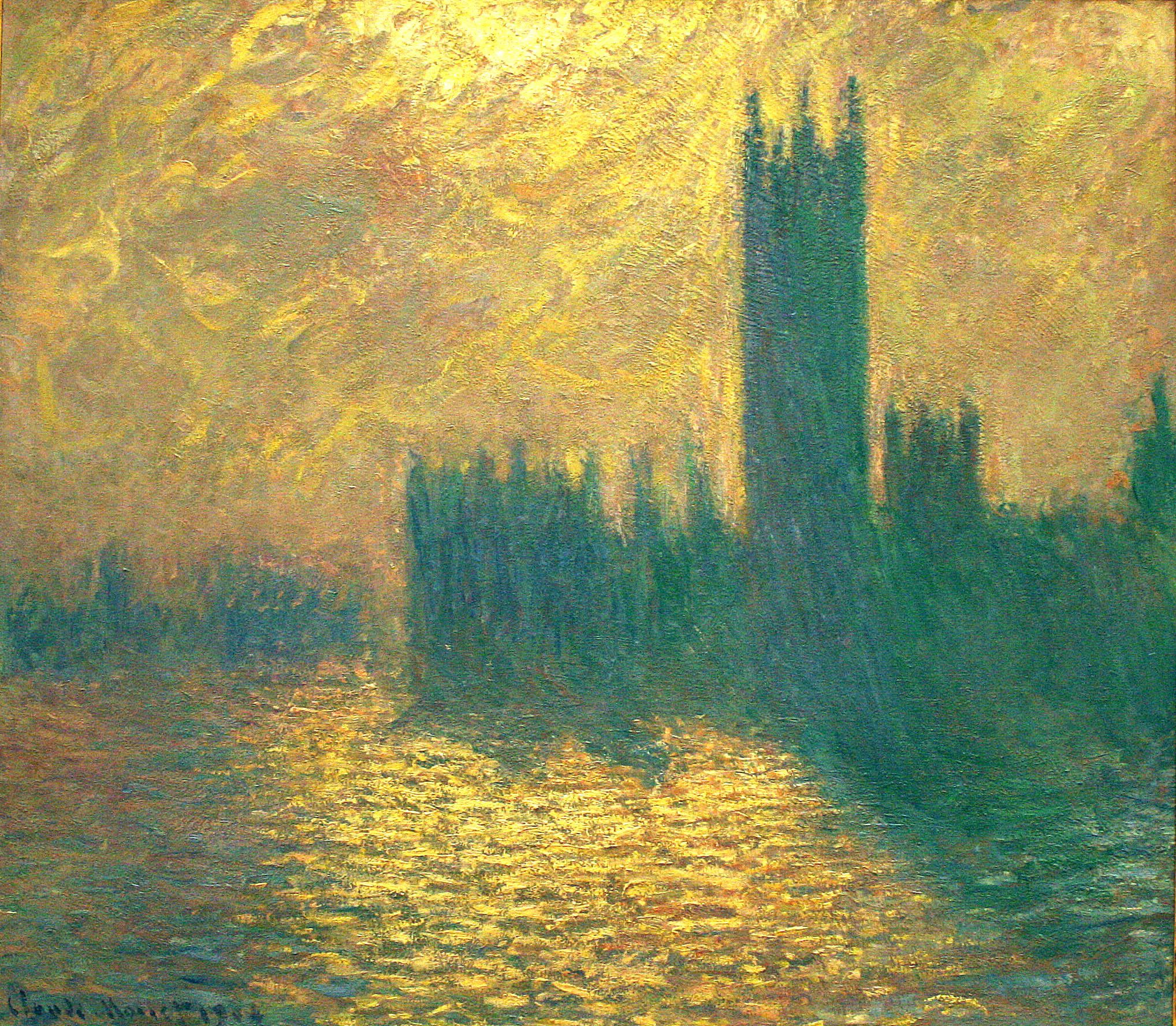
Monet lived long enough to see his work finally garner widespread esteem and influence the next generation of artists. Passing away on December 5, 1926, he left behind a prolific collection of paintings that have enchanted viewers for over a century.
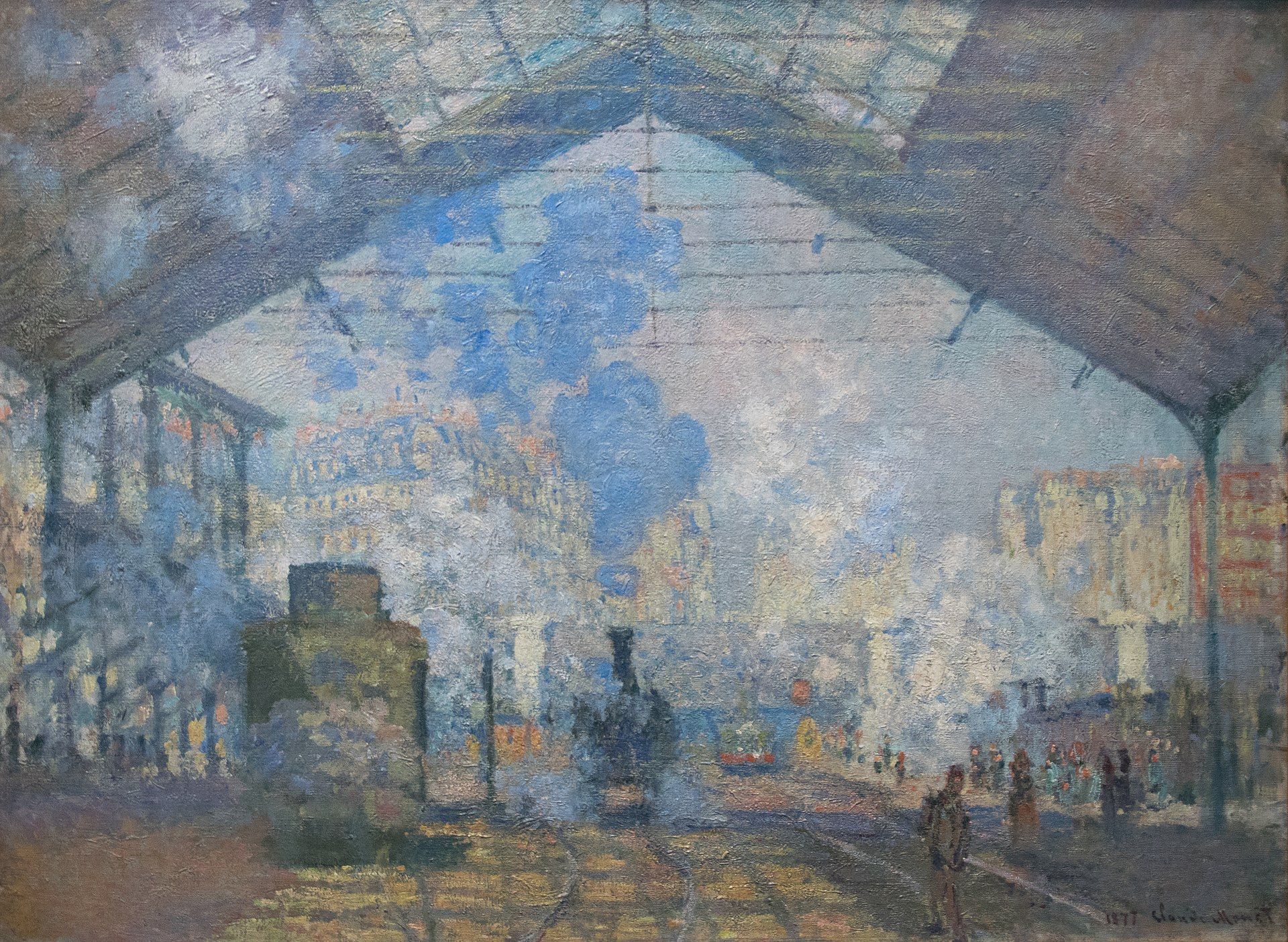
Monet in Museums and the Art Market
Today, Claude Monet's paintings can be found in the most prestigious museums worldwide, and they command astronomical prices in the art market, testament to their enduring appeal. Monet’s Water Lilies, in particular, have become archetypal masterpieces, celebrating the beauty of nature and the transcendent power of art.
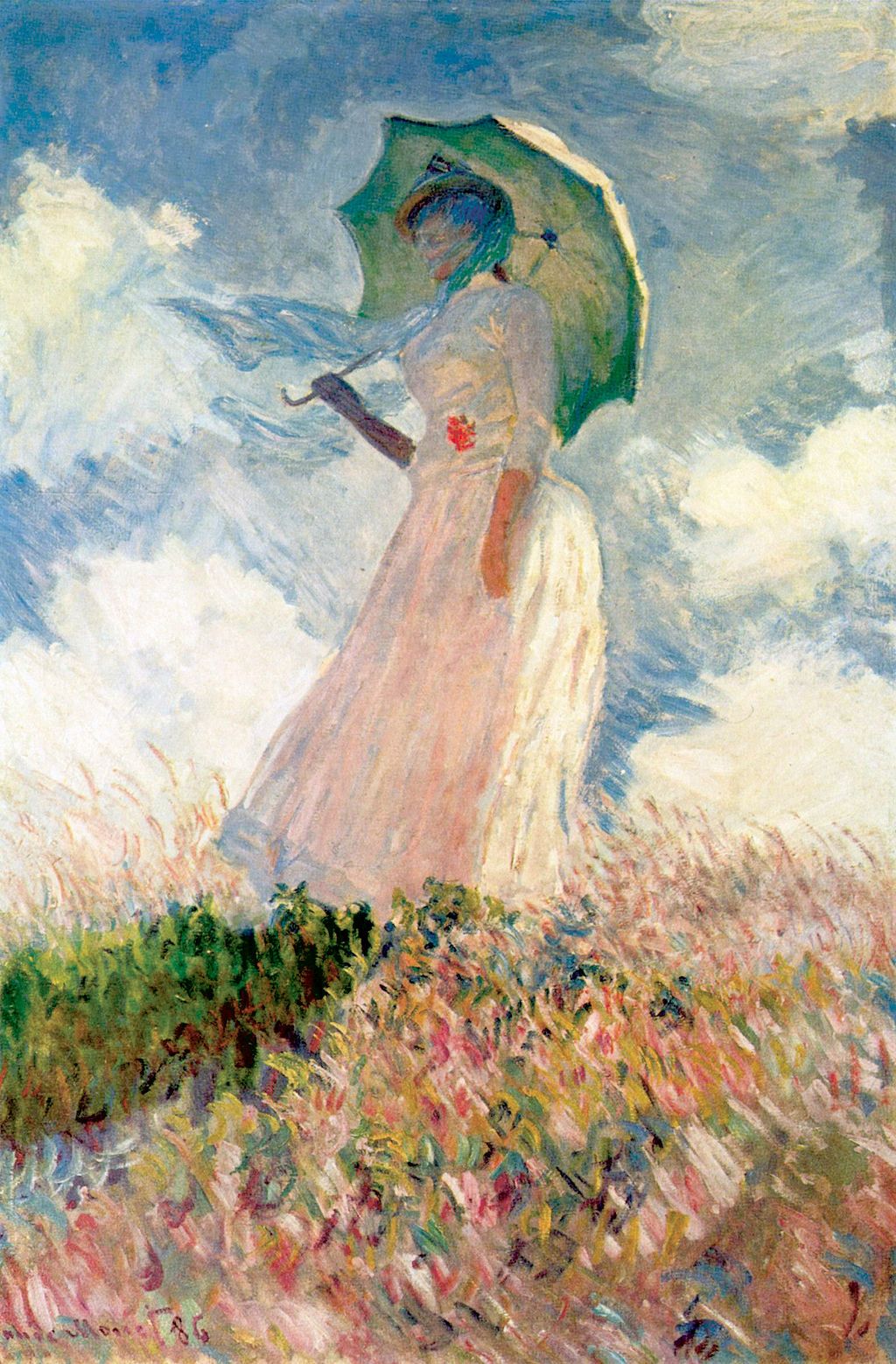
For art historians and enthusiasts alike, Monet stands out not just as a founding figure of Impressionism but as a beacon of modern art's potential. His commitment to capturing the essence of the ephemeral moment revolutionized the concept of painting and opened up new possibilities for the portrayal of light and its effects on the landscape—forever changing the way we perceive and appreciate art. Claude Monet was not only the father of Impressionism but also an uncompromising innovator whose influence reverberates throughout the art world to this day.